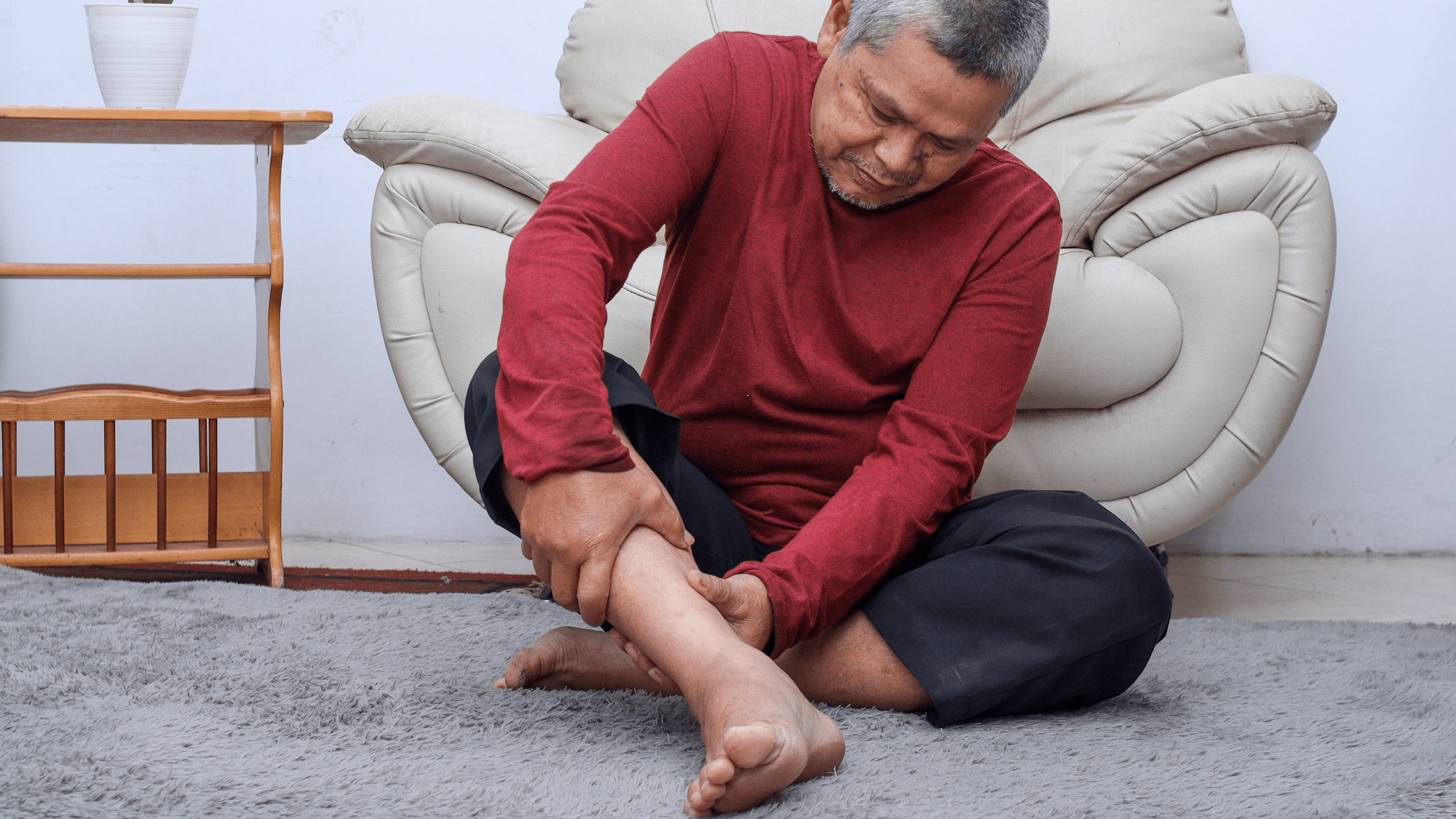
Pain with exercise or heaviness is a common symptom of peripheral artery disease (PAD), which affects an estimated seven to 12 million Americans. However, many people with undiagnosed PAD who experience pain or heaviness mistakenly attribute it to other causes, normal wear and tear or back ailments.
If you have leg pain with walking, it may be time to see a vascular specialist. Regardless of whether or not you’ve been diagnosed with PAD, here’s when to worry about leg pain and how to request an appointment with the Center for Vascular Care at HCA.
What Is Peripheral Artery Disease?
PAD is a condition in which the arteries from the heart to the limbs become narrowed, and blood flow to these extremities becomes blocked or reduced as a result.
PAD usually occurs when plaque builds up in the arteries, which is called atherosclerosis. It can affect the arteries in both the arms and legs, but it is more common in the legs. This plaque can build up due to a variety of causes, including high cholesterol, high blood pressure, smoking history, diabetes, age, or family history of cardiovascular disease.
Leg Pain and Other PAD Symptoms
Leg pain or heaviness is the most common symptom of PAD. With PAD you can develop exercise-related pain or heaviness in your legs. The more severe the build up of plaque, the worse the pain. In urgent situations, the pain may even be at rest or with minimal activity.
Other peripheral artery disease symptoms include:
- Muscle weakness in the legs
- Loss of hair on the legs
- Smooth, shiny skin
- Skin that feels cold to the touch
- Decreased or absent pulses in the feet
- Slow-healing wounds or ulcers in the legs or feet
- Cooling and numbness sensation in the toes
- Aching and cramping in the legs when walking
How Is PAD Diagnosed?
PAD may be suspected with a history or physical during a consultation. Your doctor may then order some tests to confirm the diagnosis. An ankle-brachial index (ABI) is the most common test used to diagnose PAD. ABI compares the blood pressure in your ankles with that in your arms at rest and after exercising and uses those measurements to determine whether you have PAD.
Other diagnostic tests for PAD include:
- Ultrasound
- Blood testing
- Magnetic resonance angiography
- Computed tomographic angiography
What Are Treatment Options for PAD?
If you have PAD, getting treatment is essential to reducing your risk for related complications, including gangrene, amputation, heart attack, and stroke.
Available peripheral artery disease treatments include:
- Healthy lifestyle changes, including smoking cessation and regular exercise
- Medications, including aspirin, statins or other cholesterol lowering medications, and blood pressure drugs. Sometimes other types of blood thinners are used.
- Angioplasty, a catheter based procedure performed to open clogged arteries. Sometimes stents will be deployed.
- Bypass surgery, to create a new pathway around a clogged artery
- Thrombolytic therapy, in which a drug is injected into an artery to dissolve a blood clot
When to See a Physician
Make an appointment with your physician or a vascular specialist if you have leg pain when walking or other symptoms of PAD. Your provider can perform an exam and discuss your treatment options.
Our team at the Center for Vascular Care at HCA provides the resources you need to take control of your heart health. Contact us today at (908) 806-0190 to request an appointment for a screening and personalized diagnosis and to discuss your treatment options with one of our specialists.
